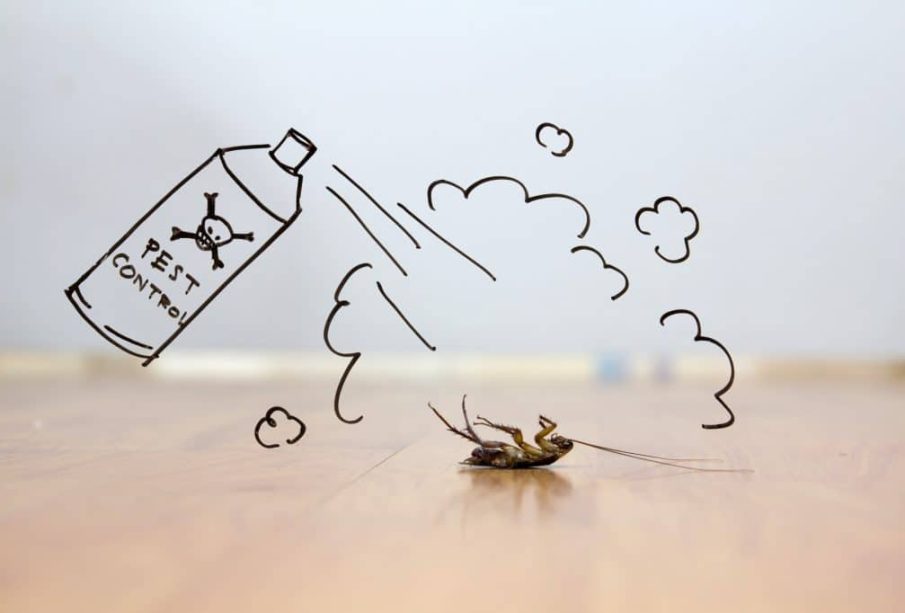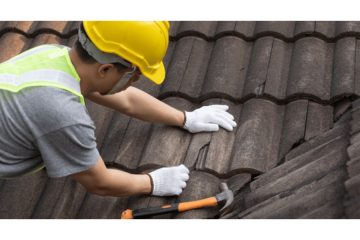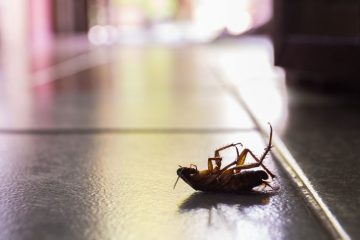Top 5 Signs You Have a Hidden Pest Problem (And What to Do About It)

Not all pest problems announce themselves with a line of ants across the counter or a mouse darting across the floor. In many cases, infestations build quietly, often behind walls, under floors, or in attics—until the damage becomes difficult and costly to reverse.
Pests like rodents, termites, cockroaches, and even bed bugs can thrive for weeks or months before being detected. That’s why it’s so important to know the early signs that point to a hidden infestation. Catching a problem early can save you from structural damage, health risks, and expensive repairs.
Here are the top five warning signs of a hidden pest problem—and what you can do about it.
1. Unexplained Sounds in the Walls or Ceiling
If you’ve ever heard scratching, rustling, or squeaking coming from your walls or ceiling, it could be more than just your house settling. Nocturnal pests like rodents, bats, or squirrels often nest in wall voids, attics, and crawl spaces. These sounds are often most noticeable at night when the house is quiet and the pests become more active.
What to Do:
Don’t ignore the noise. A licensed pest control professional can inspect your home to identify entry points, locate nests, and safely remove animals before they multiply or cause further damage.
2. Droppings, Smudges, or Tracks
Pest droppings are one of the clearest signs of an active infestation. Rodents leave small, pellet-like droppings near baseboards, behind appliances, and in cabinets. Cockroaches leave behind dark, pepper-like specks, often found in drawers or corners.
You might also see oily smudge marks along walls or baseboards. These marks are often caused by rodents as they follow the same paths along walls, leaving residue from their fur.
What to Do:
Clean the area carefully (wear gloves and a mask), but don’t rely on cleanup alone. Call a pest control specialist to identify the type of pest and develop a treatment plan. Spotting droppings typically means the pests are active and nearby.
3. Strange or Unpleasant Odors
A strong or unusual odor in certain areas of your home may point to a hidden pest problem. Rodents often leave behind urine with a strong ammonia smell. Cockroach infestations can produce a musty, oily odor. Dead pests inside walls or crawlspaces can create foul, lingering smells that get worse over time.
If you notice a persistent smell that can’t be explained by anything else, it’s time to investigate.
What to Do:
Track the source of the smell as best as you can, and contact a professional for a thorough inspection. Pest control experts can help locate hidden nests, dead pests, and problem areas using tools and techniques not available to homeowners.
4. Gnaw Marks or Structural Damage
Rodents, termites, and carpenter ants are notorious for causing physical damage to homes. Rodents will chew through drywall, wiring, insulation, and even wood to create nesting sites. Termites and carpenter ants hollow out wood from the inside, weakening your home’s structure over time.
Gnaw marks on furniture, wiring, or food packaging are another red flag—especially in kitchens, basements, and storage areas.
What to Do:
If you notice fresh gnaw marks, it’s best to act quickly. Rodents and wood-destroying insects can cause thousands of dollars in damage if left unchecked. A pest control professional can evaluate the extent of the problem and recommend a safe, targeted treatment.
5. You See a Few Pests—But Not Frequently
It’s easy to dismiss the occasional spider or ant, but seeing pests in your home—even sporadically—should never be ignored. Pests are excellent at hiding, and if you’re seeing even a few during the day, it likely means there are many more you’re not seeing.
Some insects, like cockroaches, avoid light and only emerge at night. Seeing one in daylight is often a sign of a larger infestation.
What to Do:
Document what you’ve seen and where. Contact a pest control service for an inspection. Professionals can identify the type of pest, locate nesting sites, and provide solutions tailored to your home.
Final Thoughts: Don’t Wait for the Problem to Get Worse
Pests aren’t just a nuisance—they can carry disease, damage your property, and put your health at risk. The earlier you catch a hidden infestation, the easier and more affordable it is to handle. Regular inspections, maintenance, and swift action when you notice the warning signs are the best ways to protect your home.
If you suspect pests are lurking where you can’t see them, don’t wait. A trusted pest control service can assess your situation and put together a plan to keep your home pest-free—inside and out. We recommend Swift Pest.














